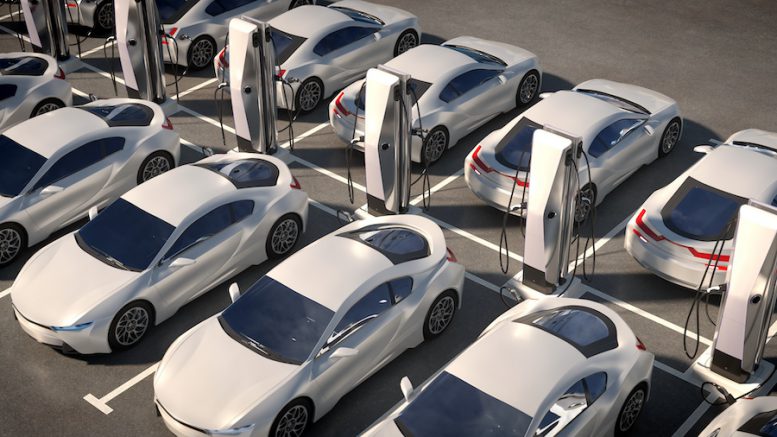Rare earth element companies may face pressure after Tesla unveiled plans this week to develop car motors without key critical minerals.
In North America, California-focused MP Materials (NYSE: MP) and Colorado-based Energy Fuels (TSX: EFR; NYSE: UUUU) are the main producers as the West tries to challenge China’s dominance in the production of rare earth elements such as neodymium-praseodymium (NdPr), erbium and dysprosium. NdPr is used in the magnets of electric vehicle (EV) motors.
But Tesla said Wednesday a future generation of autos won’t need the element, though it didn’t provide details of the proposed technology, when it would hit the market and how widely it would be used. Analysts at Bank of America Global Research said current producers would still have a market.
“Any transition to new technology will likely take a significant amount of time and it is unclear if this will be adopted in all Tesla models or by other EV producers,” Bank of America said in the report released Thursday.
“While we do acknowledge the downside risks posed by current or future technological developments, the strong long-term growth outlook for permanent magnet use in EV’s/wind turbines, expected to grow two to three times by 2035, suggest there may be enough room for multiple technologies to co-exist.”
Western governments have poured billions of dollars into critical minerals strategies in recent years, investing in companies and projects at the forefront of the transition to green technology roused by concerns over global warming. They want to secure sources for metals like copper, cobalt, nickel and rare earths used in most modern technologies from cell phones to defence. Analysts say China controls about 80% of the rare earths market.
Project updates
MP Materials agreed last month to supply Tokyo-based magnet-maker Sumitomo with NdPr from its Mountain Pass mine in California after refining by companies in Vietnam and the Philippines instead of in China as it used to. Energy Fuels, which has development projects and plants across the U.S. southwest, expanded this month to Brazil with the US$22 million purchase of a rare earths project in Bahia state.
NioCorp Developments (TSX: NB; US-OTC: NIOBF) said last month it produced a high-purity mixed concentrate of rare earth elements from its demonstration plant in Trois-Rivieres, Que. It is preparing for the US$1.2 billion development of its Elk Creek critical minerals project in southeast Nebraska.
Australia-based Vital Metals (ASX: VML; US-OTCQB: VTMXF) wants to finish an initial economic assessment by June of its Nechalacho project 110 kilometres southeast of Yellowknife, NWT. It’s advancing a $55 million processing plan in Saskatoon, Sask. although its off-take partner in Norway isn’t expected to be ready until next year.
Space rock power
Shares in rare earths producers and developers were mostly up on Friday as the wider stock markets gained on data showing the United States services sector grew last month and expectations of a rebound in China.
Some producers recovered after falls on the news from Tesla’s investor day. Bank of America said the sell-off was overdone and noted automakers have been trying to design motors without rare earths for years.
In 2018, Toyota developed a new magnet but couldn’t eliminate NdPr and said it would continue to work on it for at least a decade.
“This highlights the time it takes to transition to a new technology,” Bank of America said. “There could be some other efforts on the material sciences front which could eventually pose downside risk to the use of NdPr-based magnets. Either way, these developments tend to have long development lead-times.”
The analysts also noted a potential far-out solution in research on space rocks being done by Northeastern University in Boston and Cambridge University in the U.K. The plan is to synthesize tetrataenite, an iron-nickel alloy found in meteorites, to replace rare earths.
“Researchers postulated a method through which they could artificially make tetrataenite, a cosmic magnet that takes millions of years to develop naturally,” Bank of America said. “However, the researchers also mentioned that more work is needed to determine whether it will be suitable for high-performance magnets and if it can be commercially produced at scale.”


Be the first to comment on "New Tesla motor technology could disrupt rare earths industry "